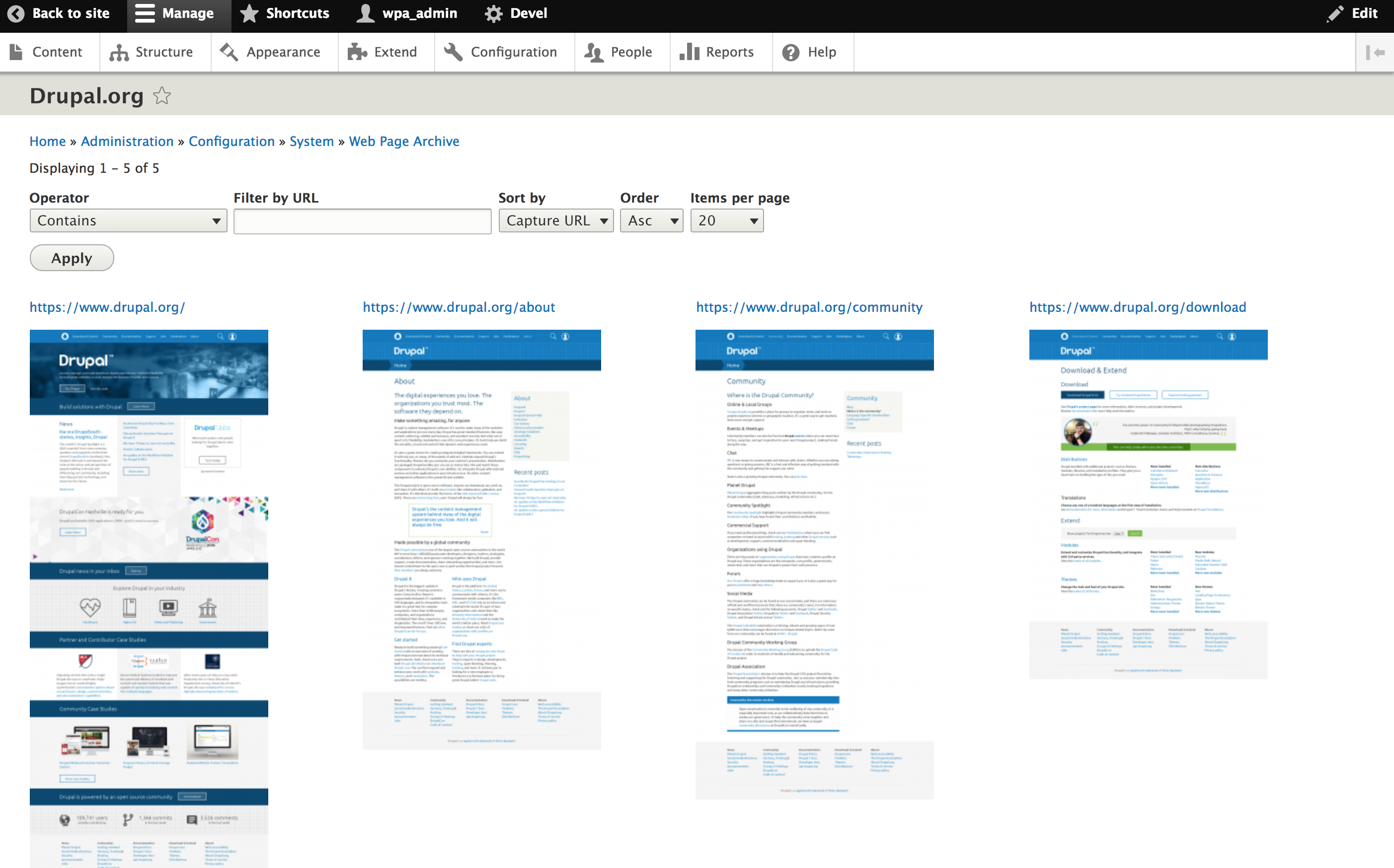Alternatives to Bazaarvoice Commerce Platform
1. Archive
+Pros
- Automated rights management workflows
- Cross-platform aggregation capabilities
- Strong customer satisfaction with 4.8/5 rating
-Cons
- SMB focus may limit enterprise scalability
- API dependencies create potential disruption risks
One highlighted feature and why it's amazing
Archive utilizes machine learning to identify brand-tagged content across Instagram, TikTok, and Stories with AI-powered search filters.

Another highlighted feature of why it’s amazing
Archive's signature capability involves streamlined copyright compliance through automated DM workflows for usage rights negotiation.
2. Flowbox Dynamic Tags Platform
+Pros
- Proven Dynamic Tag Flows technology
- 50% reduction in manual moderation time
- Multi-source aggregation capabilities
- European market advantages with GDPR compliance
-Cons
- Focus on curation rather than content generation
- Limited video UGC capabilities
- Lacks native AR/VR integration features
- BigCommerce compatibility requires custom development
One highlighted feature and why it's amazing
Enables automated UGC gallery population based on real-time social media tags and contextual relevance.

Another highlighted feature of why it’s amazing
Provides automated content analysis and keyword assignment through computer vision algorithms, reducing manual moderation time by 50% while maintaining content quality.
3. JoinBrands
+Pros
- Authentic creator network scale with 300,000+ creators, including 100,000+ TikTok Shop Affiliates.
- Rapid deployment capability with campaign launches within 48 hours for standard requirements.
- Measurable attribution through TikTok integration with direct Spark code implementation.
- Perpetual licensing model allowing unlimited content usage across channels.
-Cons
- Creator-dependent delivery variables introduce timeline uncertainties.
- Limited automation capabilities compared to competitors like UGC Ads AI.
- Revision constraints with 2-4 revision requests depending on pricing tier.
One highlighted feature and why it's amazing
Analyzes creator portfolios, audience demographics, and historical performance to optimize brand-creator pairings.

Another highlighted feature of why it’s amazing
Operates through a vetted network of 300,000+ creators, including 100,000+ TikTok Shop Affiliates, providing geographic coverage and niche expertise.
Other Alternatives
MakeUGC AI Platform
Social Native
UGC Ads AI Platform
Vyrill
Yotpo UGC Platform
How We Researched This Guide
About This Guide: This comprehensive analysis is based on extensive competitive intelligence and real-world implementation data from leading AI vendors. StayModern updates this guide quarterly to reflect market developments and vendor performance changes.
208+ verified sources per analysis including official documentation, customer reviews, analyst reports, and industry publications.
- • Vendor documentation & whitepapers
- • Customer testimonials & case studies
- • Third-party analyst assessments
- • Industry benchmarking reports
Standardized assessment framework across 8 key dimensions for objective comparison.
- • Technology capabilities & architecture
- • Market position & customer evidence
- • Implementation experience & support
- • Pricing value & competitive position
Research is refreshed every 90 days to capture market changes and new vendor capabilities.
- • New product releases & features
- • Market positioning changes
- • Customer feedback integration
- • Competitive landscape shifts
Every claim is source-linked with direct citations to original materials for verification.
- • Clickable citation links
- • Original source attribution
- • Date stamps for currency
- • Quality score validation
Analysis follows systematic research protocols with consistent evaluation frameworks.
- • Standardized assessment criteria
- • Multi-source verification process
- • Consistent evaluation methodology
- • Quality assurance protocols
Buyer-focused analysis with transparent methodology and factual accuracy commitment.
- • Objective comparative analysis
- • Transparent research methodology
- • Factual accuracy commitment
- • Continuous quality improvement
Quality Commitment: If you find any inaccuracies in our analysis on this page, please contact us at research@staymodern.ai. We're committed to maintaining the highest standards of research integrity and will investigate and correct any issues promptly.